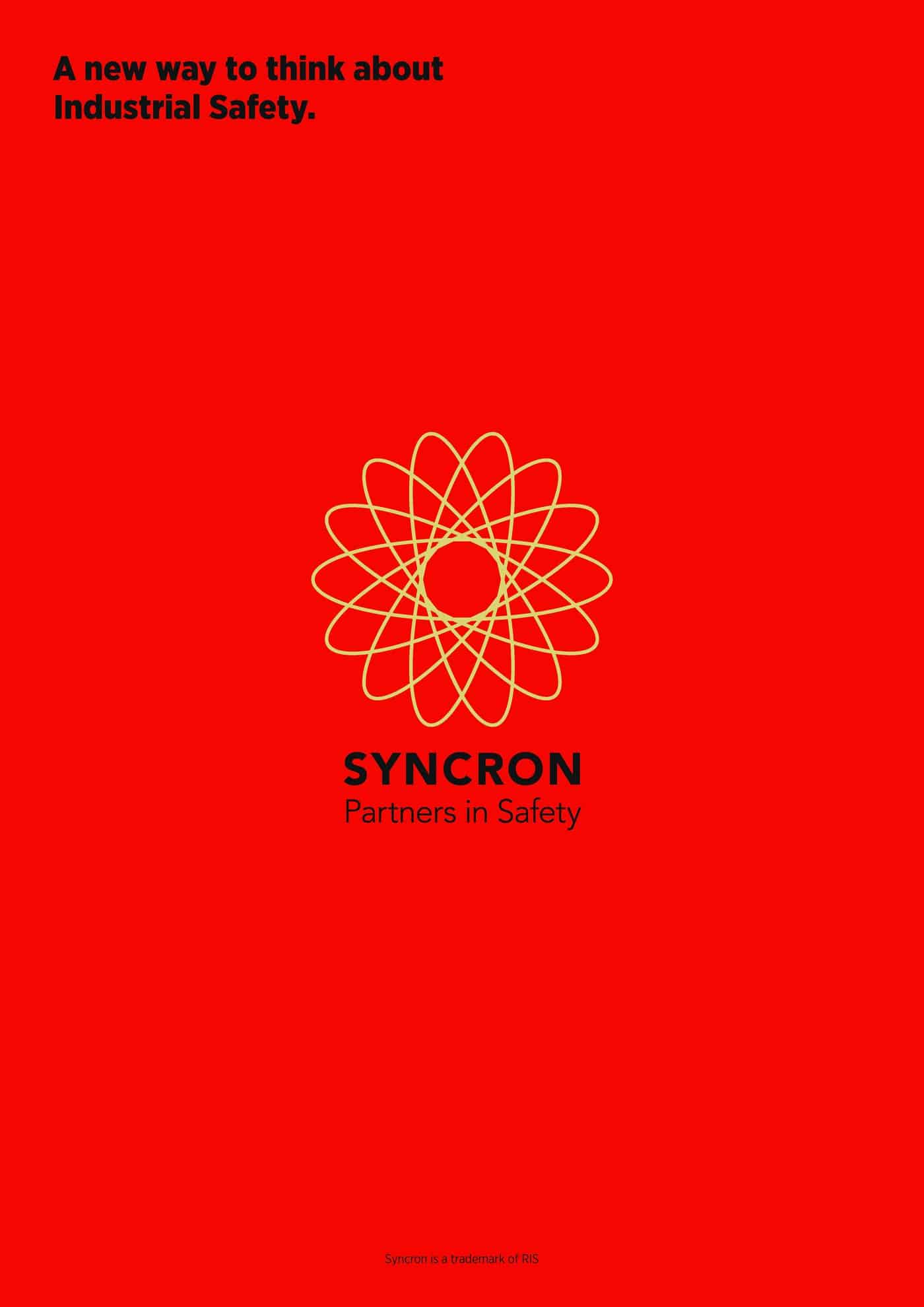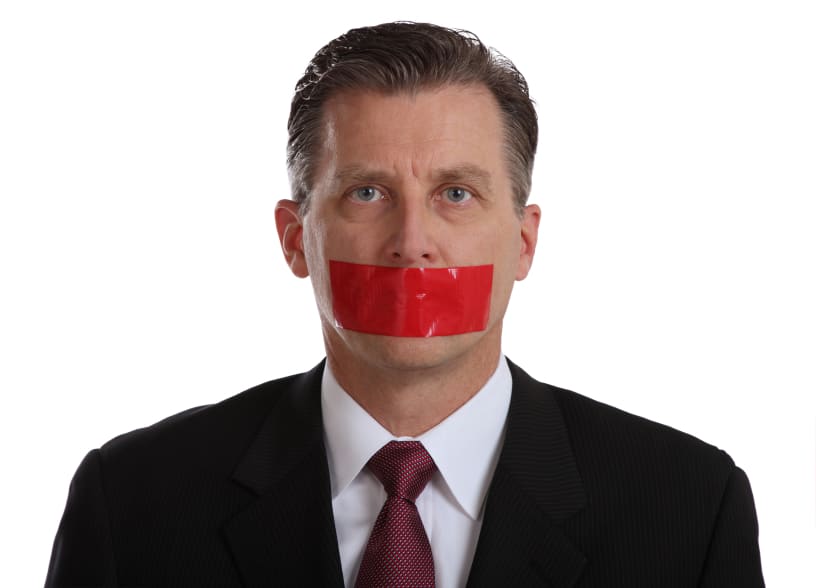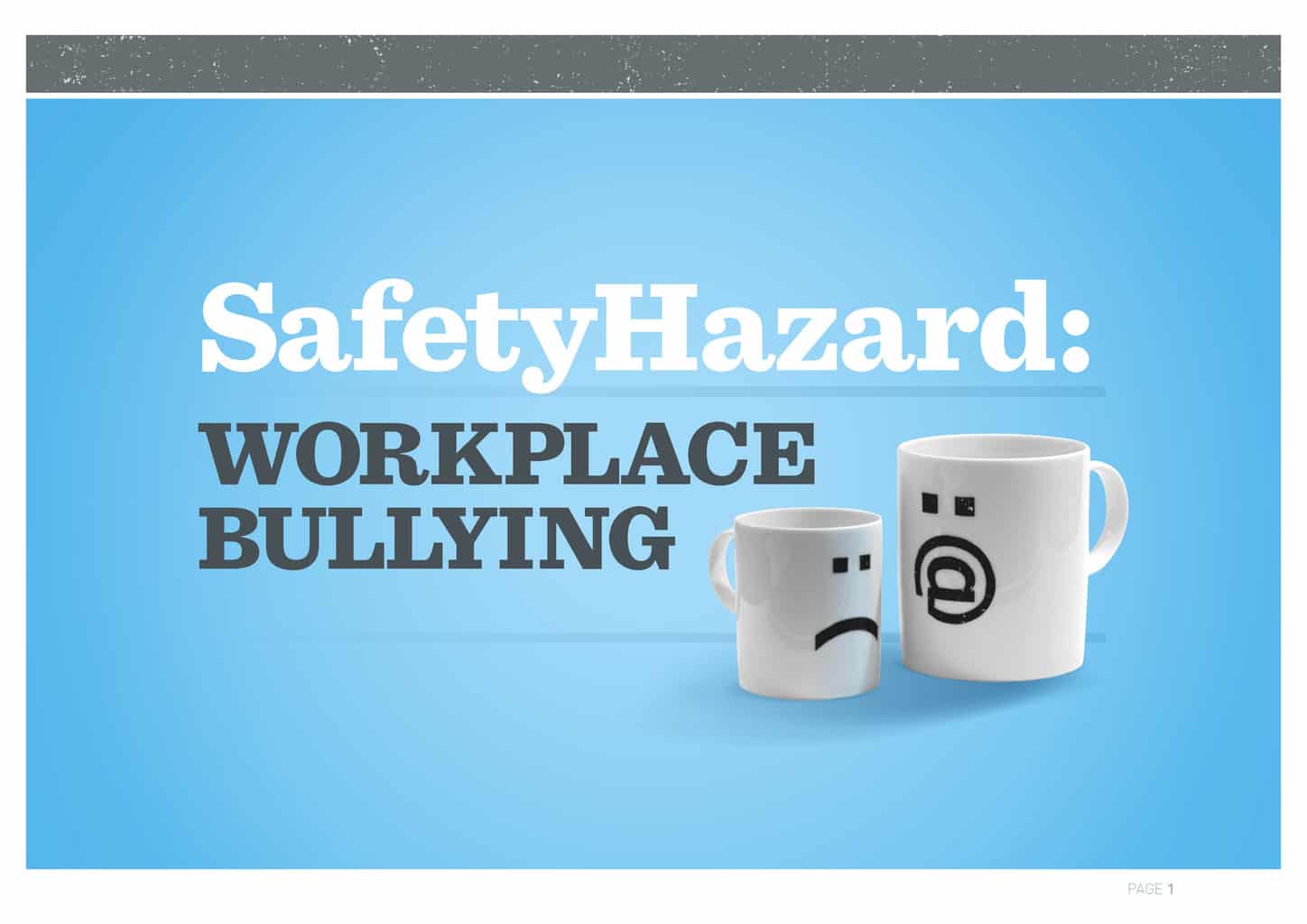In August-September 2012 a media release was circulated in Australia promoting an
“…an Australian industry first – leading construction & mining workplace safety provider RIS offers to indemnify operators against non compliance prosecution.”
 This may be a first for RoofSafe Industrial Safety (RIS) but not for Australia. SafetyAtWorkBlog has reported on a smaller but similar system that originated in the automotive repair industry.
This may be a first for RoofSafe Industrial Safety (RIS) but not for Australia. SafetyAtWorkBlog has reported on a smaller but similar system that originated in the automotive repair industry.
RIS’ Syncron system has several steps to compliance
- Safety Audit
- Assessment and Priorities
- Coordinated actions aimed at maximum cost savings
- Indemnification
- Ongoing Monitoring and Continuous Improvement
It seems to be popular in the mining sector, according to the RIS website and clearly, from the media release, RIS is expanding its application from its fall–protection base into construction.
Indemnification
There are lots of issues of concern in the media release, if not in the Syncron system itself. The indemnification is of particular concern and although these sorts of safety management systems are apparently cleared through legal advisers they need a great deal of explanation in order for businesses to feel comfortable.
One of the potential traps of these systems is that indemnification only exists when the assessment and management system is followed absolutely, as highlighted below. Although the advisory resources exist outside the customer’s business, checking and monitoring still comes from the customer and adequate resources are required.
The legalese through all Syncron brochures and statements needs forensic analysis. Continue reading “More safety indemnities offered but with similar limitations”



